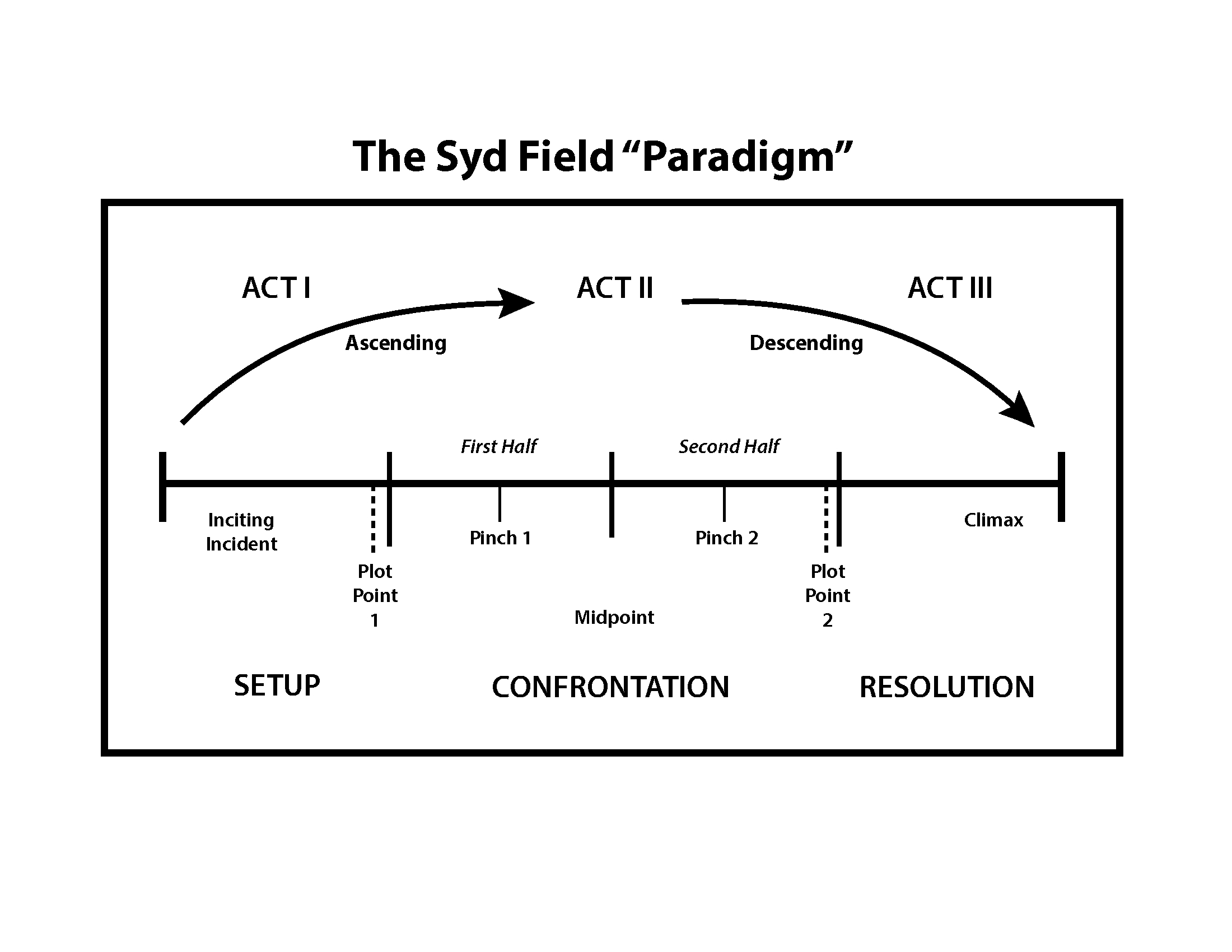When you’re starting to write a screenplay, one of the key questions you might face is: how many scenes should be in the first act? The first act is crucial because it sets up your entire story, introducing the characters, the world they inhabit, and the main conflict. While there’s no one-size-fits-all rule, a common guideline for a solid first act is to include 6 to 12 scenes.
Here’s a breakdown of how these scenes usually unfold:
1. The Inciting Incident (1-2 scenes)
The first couple of scenes introduce the audience to the world of your story and your protagonist’s normal life. Very quickly, though, something happens to disrupt this status quo — this is your inciting incident. It’s the moment that shakes things up and begins to build the main conflict of your plot.
2. Set-Up of Main Characters (Several scenes)
The bulk of your first act focuses on establishing your key characters, especially the protagonist. These scenes help the audience understand who they are, what drives them, and what’s at stake in their lives. You also hint at the challenges they’ll face moving forward.
3. The First Plot Point (1 major scene)
The first act typically ends with a big turning point — the first plot point. This is the moment that propels the protagonist out of their comfort zone and into the second act, where they’ll face escalating challenges. It’s a crucial scene that raises the stakes and deepens the story.
Adjusting Based on Genre and Pacing
Different genres have different pacing needs. For example, a thriller might have shorter, more intense scenes, while a drama could spend more time developing characters and relationships. Depending on the tone and pacing of your story, you might choose to adjust the number of scenes, but aiming for 6 to 12 scenes is a good starting point.
Final Thoughts
The first act lays the foundation for everything that follows. By carefully crafting these initial scenes, you’ll set your protagonist on the right path, hook your audience, and build momentum for the rest of your screenplay. As you write, remember that the quality of your scenes matters more than the exact number. Keep the pacing tight, make every moment count, and your first act will be the perfect launchpad for the rest of your story. Now on to Act 2
Happy writing!





